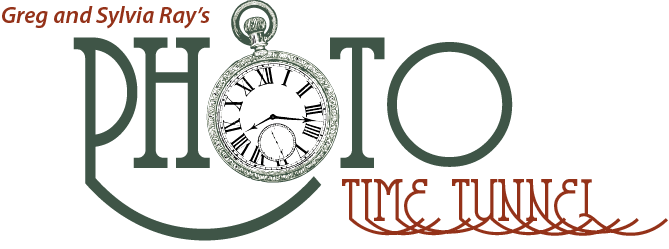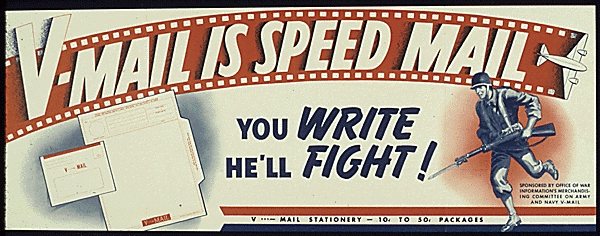An uncensored letter from wartime New Guinea
To beat the official censors who read mail sent by Australians serving in New Guinea in World War 2, those servicemen sometimes got their mates going home on leave to carry letters and post them in Australia. It was a simple and effective way to evade the prying eyes of officialdom, whose job it was to make sure that important military details didn't accidentally fall into enemy hands and that the people at home didn't hear too much about the grim reality of the war. Accounts I have read by servicemen suggest that mail from home…



